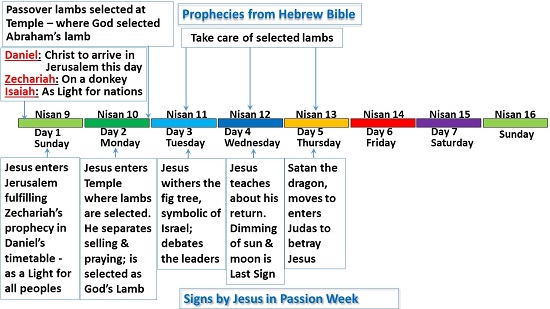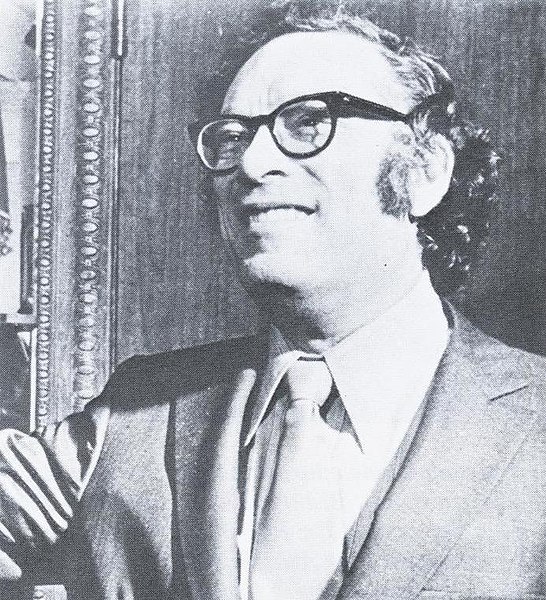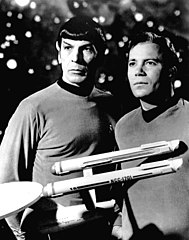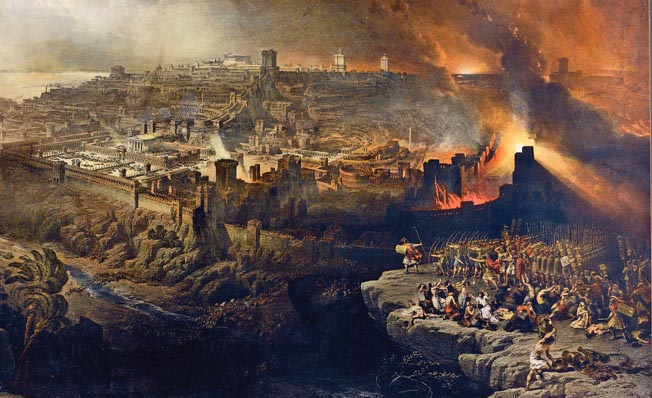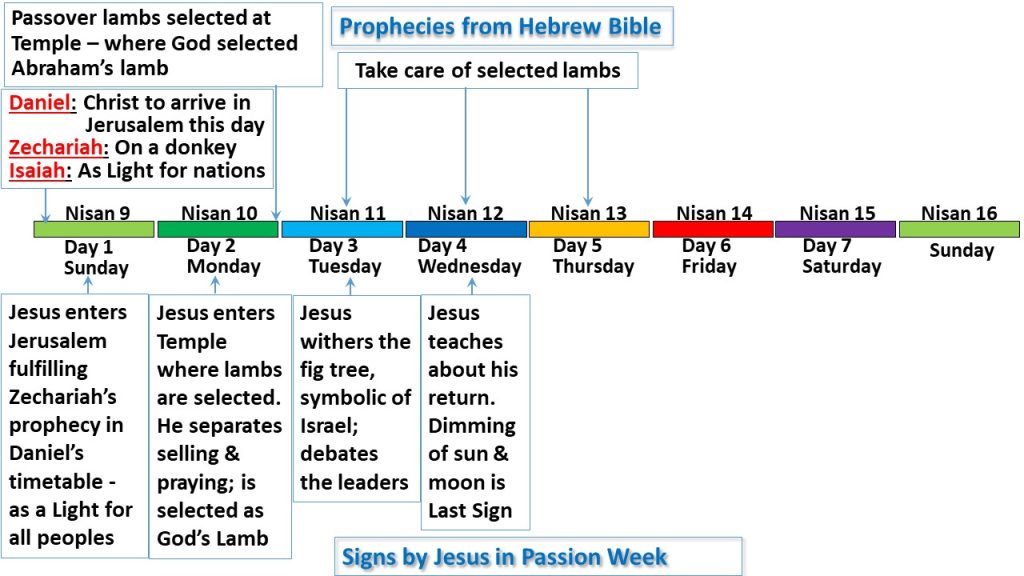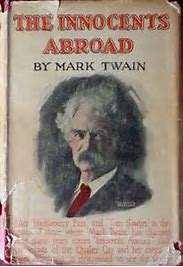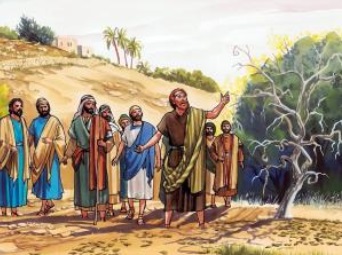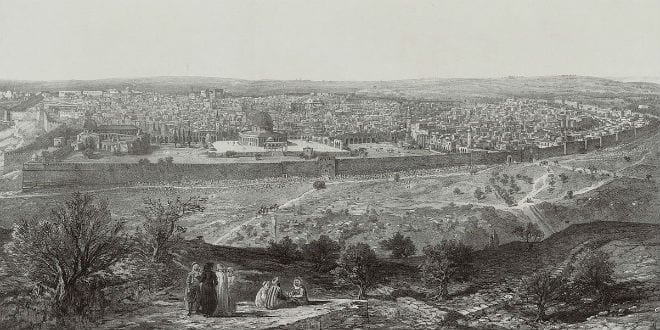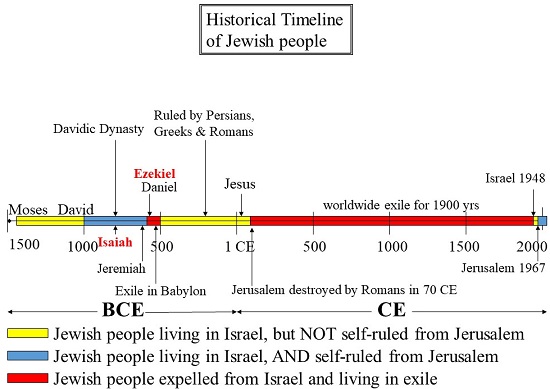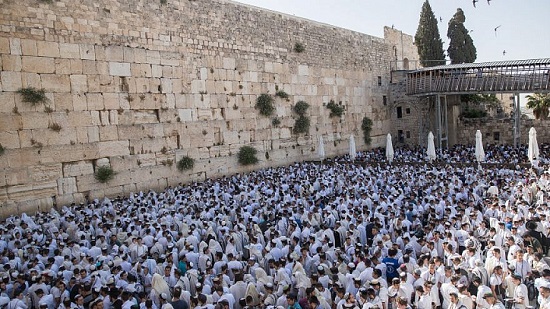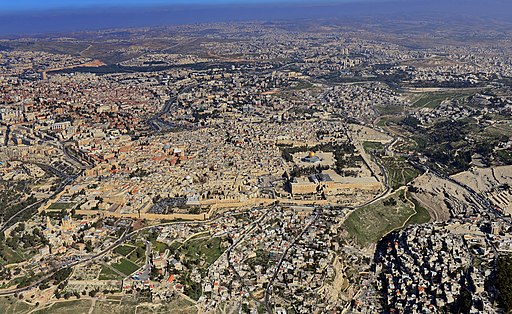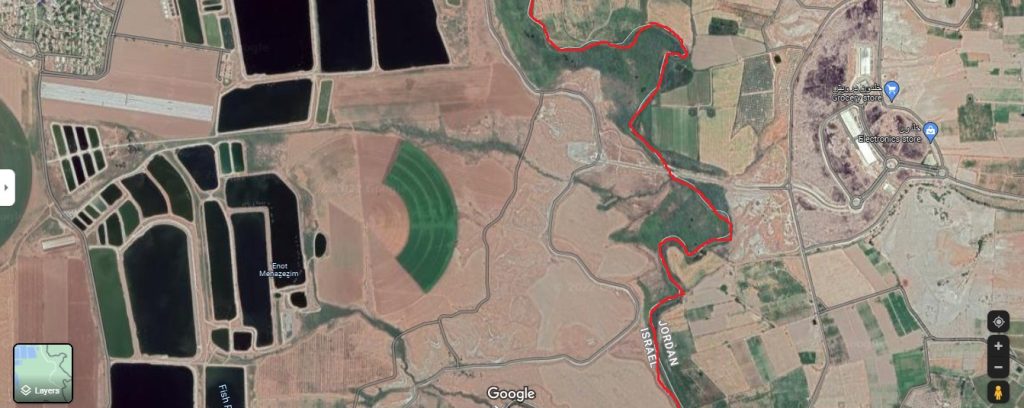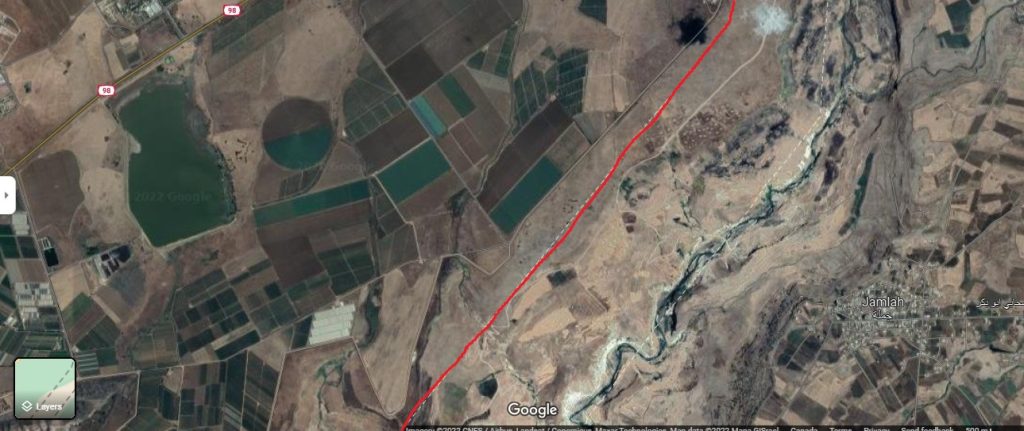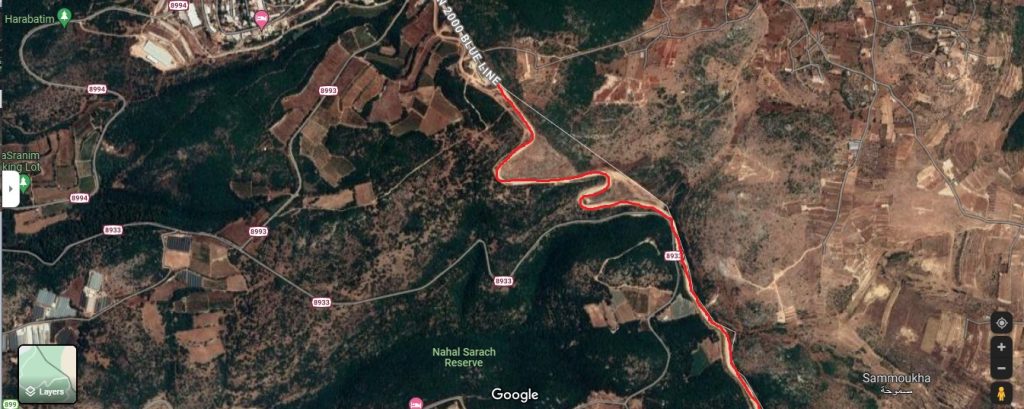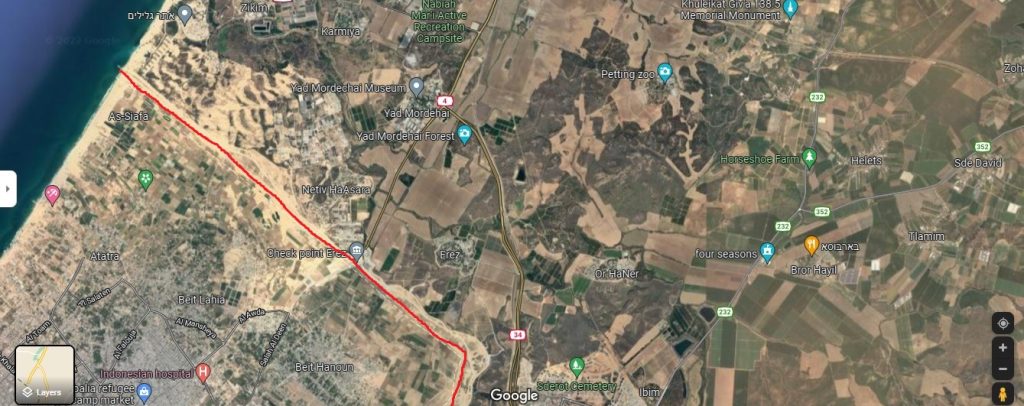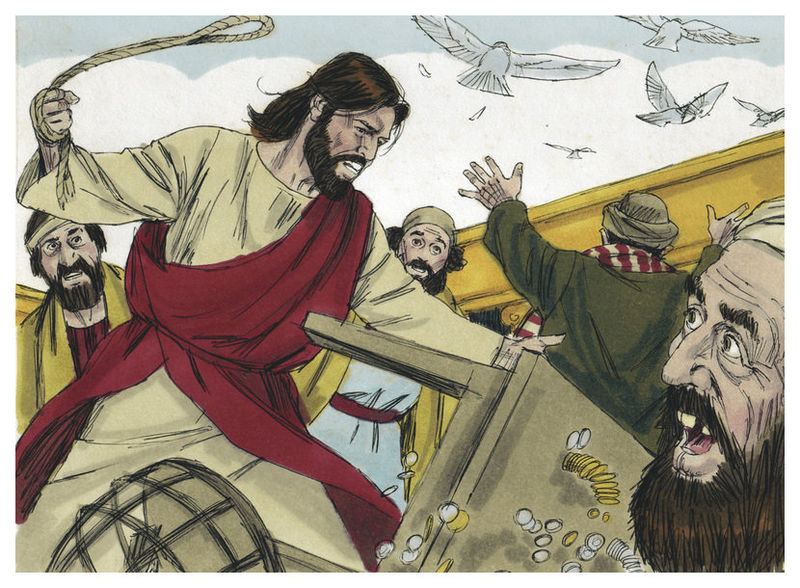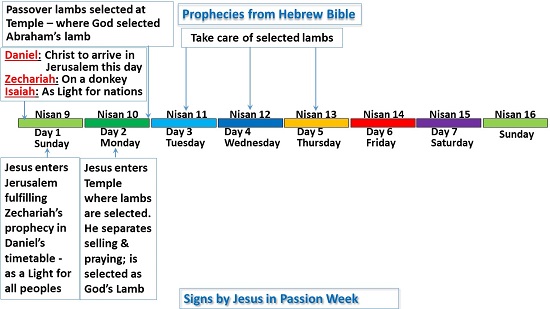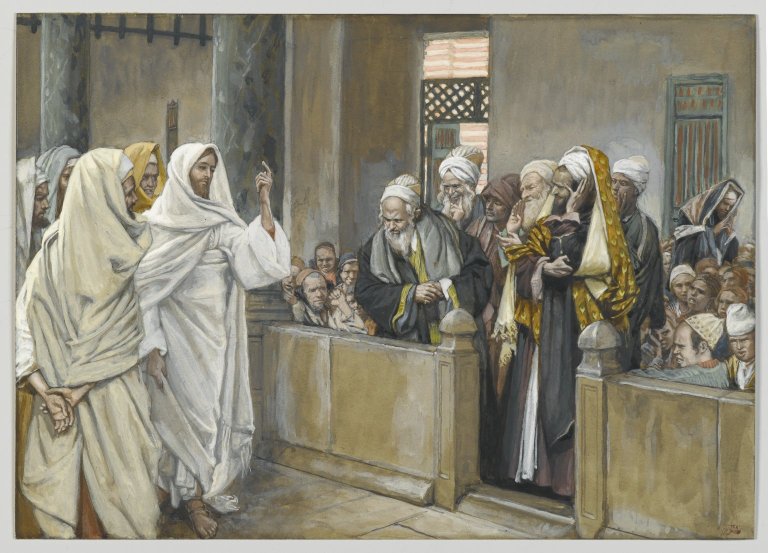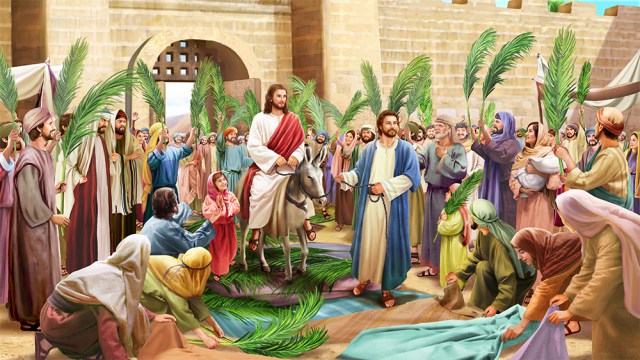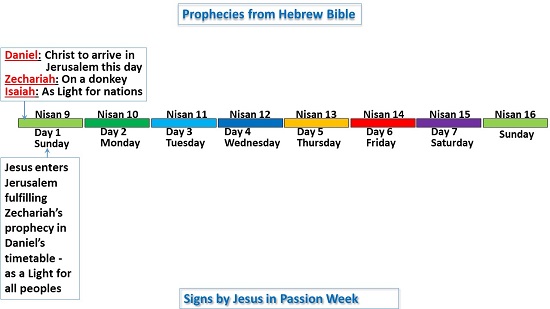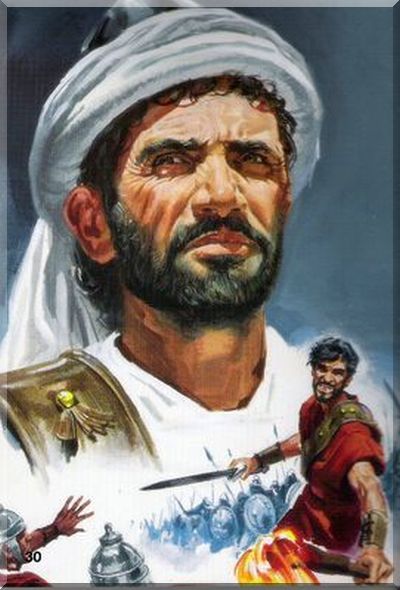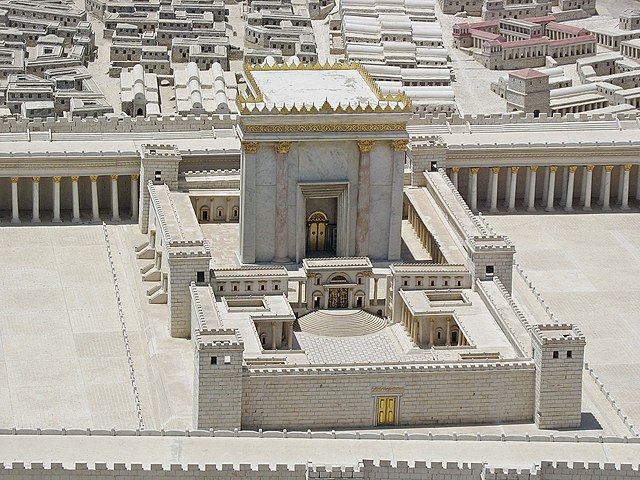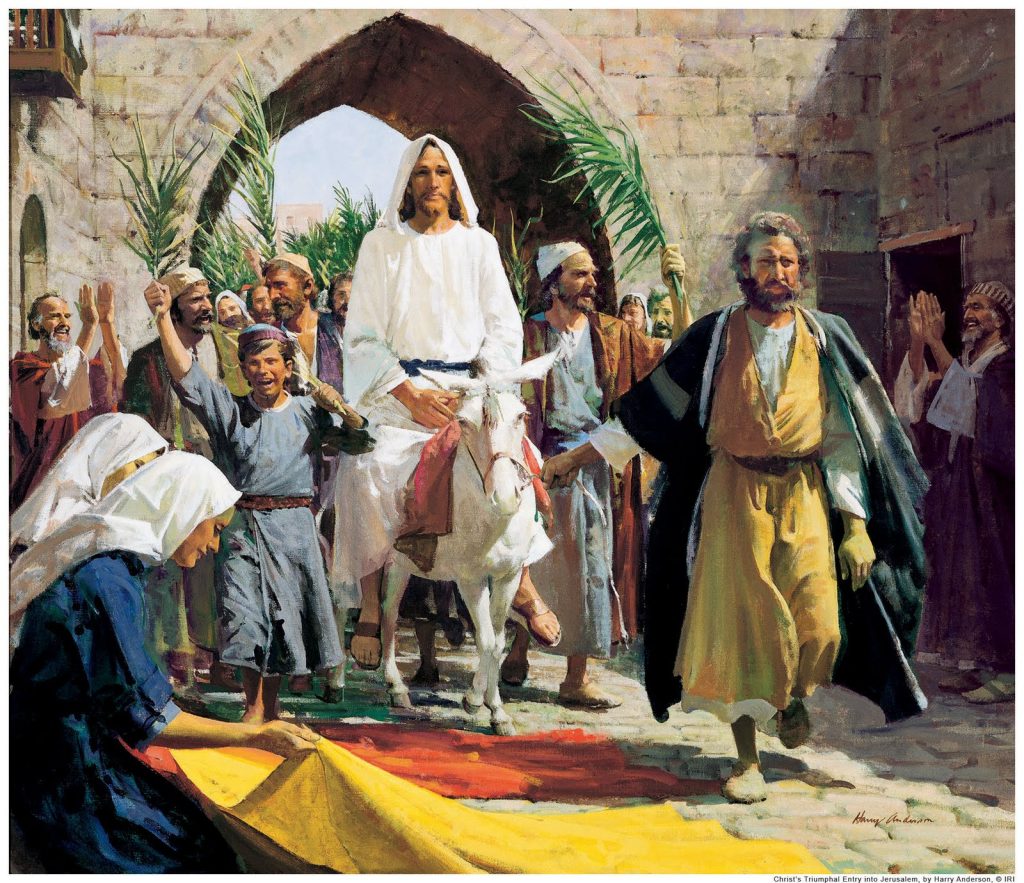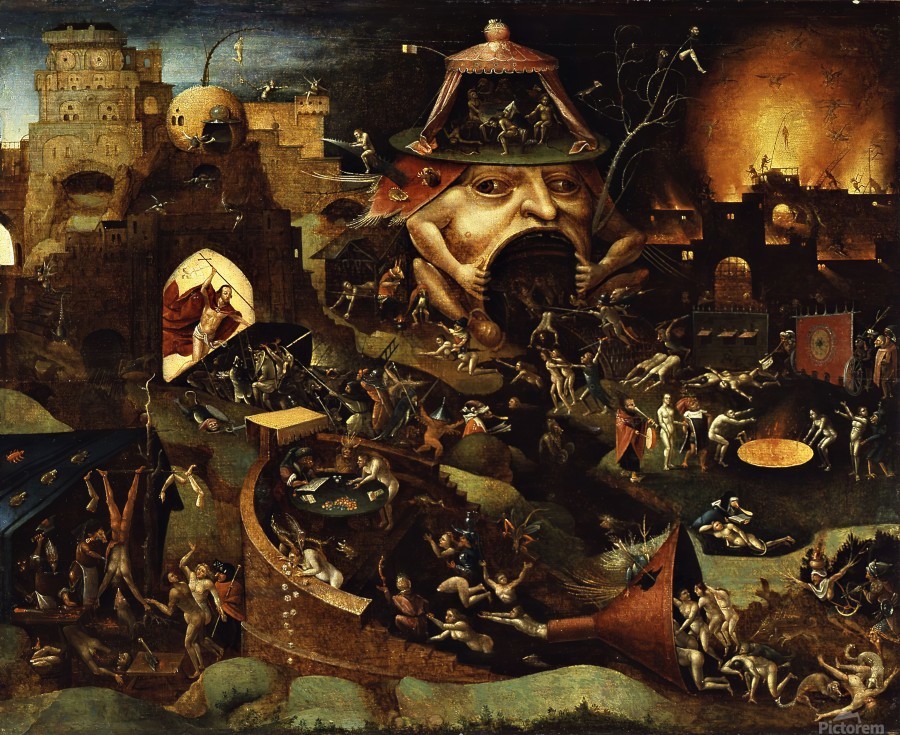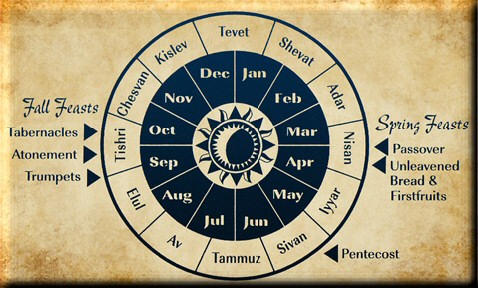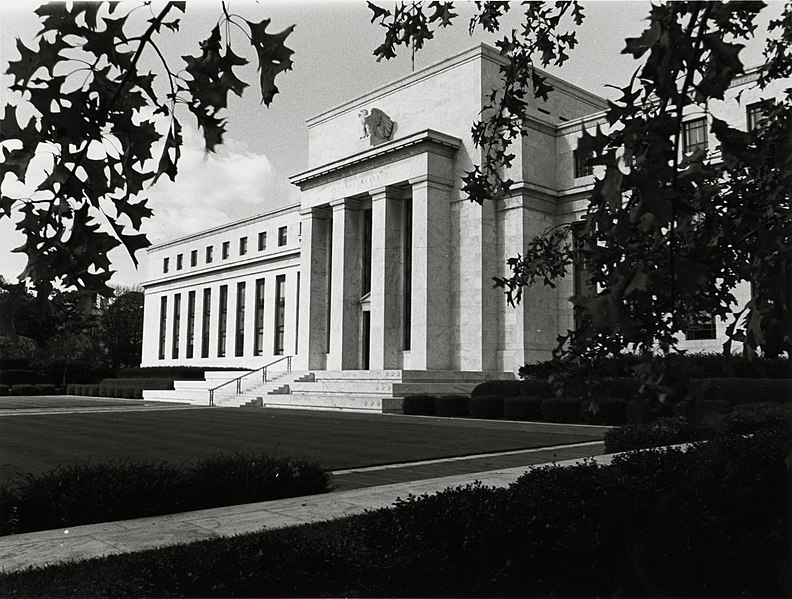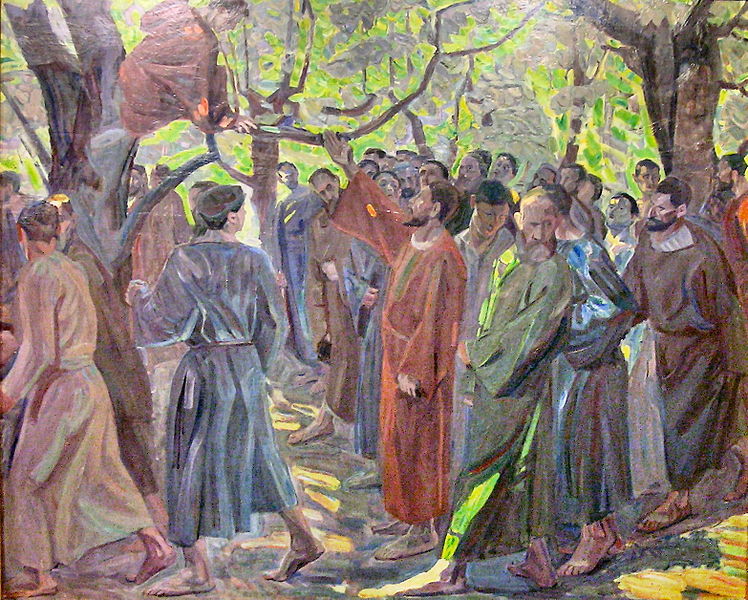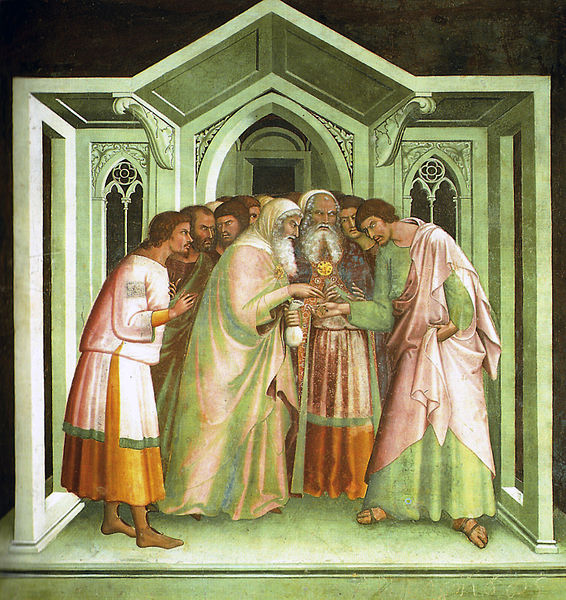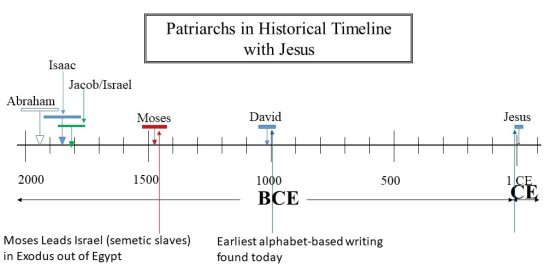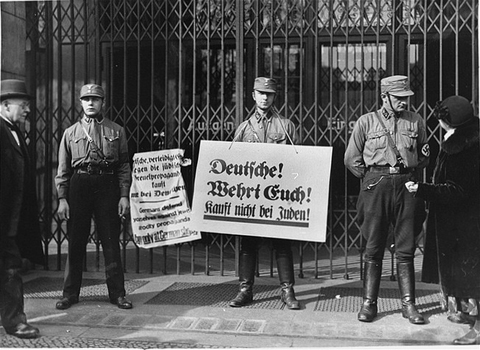
Jews have been persecuted, loathed, feared and mistreated in many ways and this is recorded both in the Bible and in history outside it. Of course, many people have experienced persecution and discrimination at the hands of other nations. But history demonstrates a tendency to inevitably target Jews in a unique way over other groups. A special word has been coined to label discrimination specifically against Jews – antisemitism. This demonstrates the enduring peculiarity of their mistreatment. But the most perplexing aspect of antisemitism is that it is not confined to one time period, one region of the world, or simply a small group of perpetrators.
A Brief List of Anti-Semetic events
For example, consider these:
- The movement led by the Persian official Haman to annihilate the Jews in the ancient Persian Empire, about 480 BCE. The Book of Esther records account and it forms the basis of today’s Jewish Purim festival.
- The Greek Seleucid campaign to wipe out Judaism from the Biblical land of Israel in the 160’s BCE. This then resulted in the Maccabean Wars.
- The Roman destruction of, and Jewish expulsion from, Jerusalem in 70 CE to worldwide exile. Later on the Romans renamed Jerusalem to Aelia Capitolina to eradicate anything Jewish from Judea.
- The massacring of Jews across Europe and also in Jerusalem through the Crusades of the 1100’s and 1200’s CE.
- The forcing of Jews to live in segregated and walled parts of cities across Europe. These were widespread from mid- 16th century to 19th century. These were called ‘ghettos’ and this is the historical basis for this word.
- The ‘pogroms’ or massacres of Jews in 19th century and early 20th century in Imperial Russia (including Ukraine and Poland). In the pogroms thousands of Jews were killed and raped. ‘Pogrom’ is thus one of a few Russian words that came into English from this specific Russian persecution of Jews.
- The Dreyfuss affair in France in 1890’s resulting in mass discrimination against Jews in France.
- The expulsion of Jews from across the Arab world after 1948.
- The Spanish expulsion of Jews from Spain in 1492.
- The British expulsion of Jews from England in 1290.
- The expulsion of Jews from southern Italy in 1541.
- The periodic expulsions of Jews from France, Germany, and other Kingdoms across Europe throughout Middle Ages (see map)
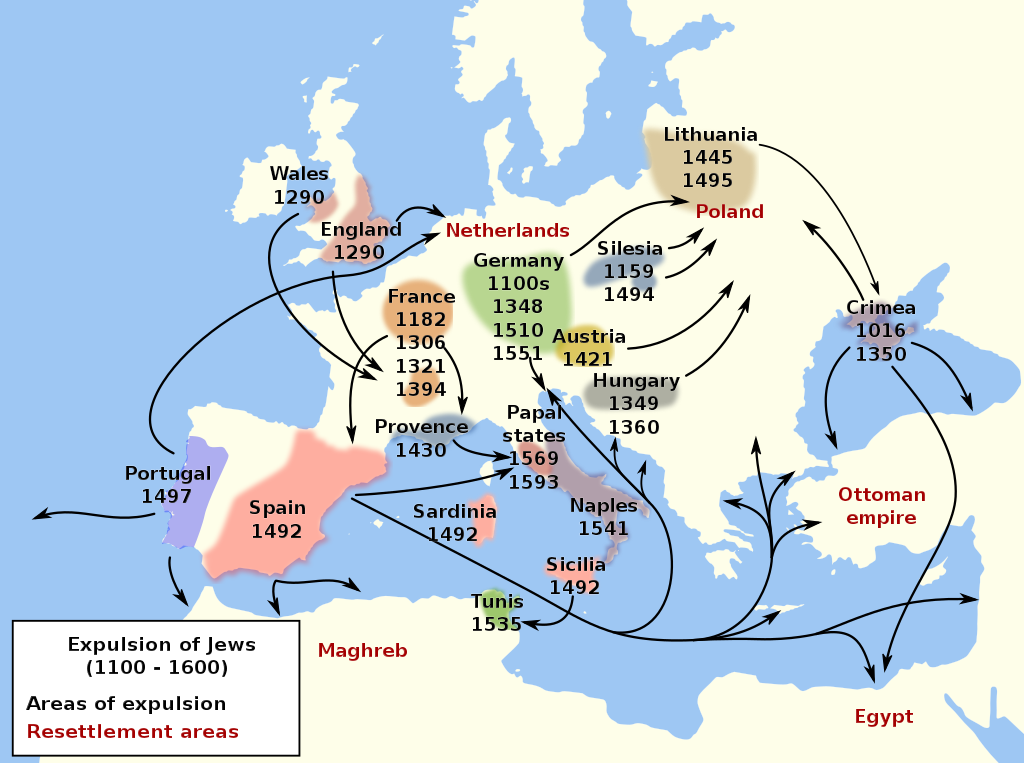
Causes of Antisemitism
But what causes antisemitism? Wikipedia, in its series on antisemitism, can show many instances of antisemitism through history and across cultures, but cannot point to a definitive cause that explains it. The difficulty with any explanation is that it cannot adequately explain both the breadth and long history of antisemitism. A racial cause might explain Nazi-derived antisemitism, but does not explain Christian antisemitism of the Middle Ages. A Christian/Judaism polemic might explain the Christian antisemitism, but it does not explain the 19th century French antisemitism that broiled France for over a decade in the Dreyfuss affair. And then there is the ancient antisemitism of the Assyrians, Persians, Greeks and Romans.
The Bible on the root cause of Anti-Semitism
However, the Bible offers a simple and straightforward explanation for the cause behind antisemitism. It spans the Book from its beginning to end. In the beginning, after Adam & Eve’s disobedience, God pronounced a curse upon the Serpent. He then prophesied a pattern of ‘enmity’ between it and the “Woman”. That woman was not Eve but Israel. (details here)
Then, at the end of the Bible in the book of Revelation, a vision references back to that showdown. It identifies the ‘serpent’ and the ‘woman’. Here is the vision:
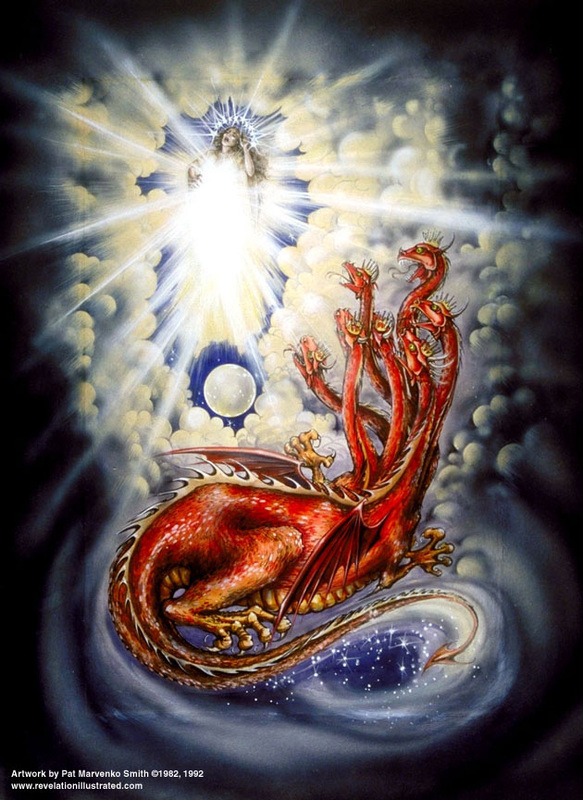
A great sign appeared in heaven: a woman clothed with the sun, with the moon under her feet and a crown of twelve stars on her head. 2 She was pregnant and cried out in pain as she was about to give birth. 3 Then another sign appeared in heaven: an enormous red dragon with seven heads and ten horns and seven crowns on its heads. 4 Its tail swept a third of the stars out of the sky and flung them to the earth. The dragon stood in front of the woman who was about to give birth, so that it might devour her child the moment he was born. 5 She gave birth to a son, a male child, who “will rule all the nations with an iron scepter.” And her child was snatched up to God and to his throne…
Revelation 12: 1-5
9 The great dragon was hurled down—that ancient serpent called the devil, or Satan, who leads the whole world astray. He was hurled to the earth, and his angels with him…
13 When the dragon saw that he had been hurled to the earth, he pursued the woman who had given birth to the male child.
Revelation 12: 9, 13
The Enmity focused particularly on the Child of the Woman
The child born of the Woman is Jesus. The Woman is the Jewish Nation, from which Jesus came. The Serpent, also called ‘the dragon’, is identified as Satan. Back in the Garden, God had said that there would be ‘enmity’ between the woman (Israel) and the serpent (Satan). History has documented the ever recurring antisemitism. That it comes from a wide variety of social conditions and perpetrator nations shows the enduring reality of this enmity.
But God also predicted enmity towards the offspring, or son, of the Woman. We see this enmity build on Thursday, Day 5 of Passion Week, when the Dragon rises to strike the Son. We have been looking at Jesus through his Jewish lens. The Bible presents him as the archetype of the Jewish Nation (synthesis of that thesis here). So it is not surprising that the Offspring of that Woman should also experience that same enmity.
Judas: Controlled by The Dragon
The Bible portrays Satan as a ruling Spirit who manipulates hatred and intrigue behind the scenes. Satan had plotted to have everyone worship him, including Jesus. When that failed, he set about to murder him, manipulating people to carry out his scheme. Satan used Judas on Day 5 to strike Jesus, just after he taught about his return. Here is the account:
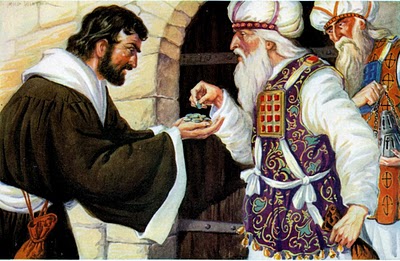
22 Now the Festival of Unleavened Bread, called the Passover, was approaching, 2 and the chief priests and the teachers of the law were looking for some way to get rid of Jesus, for they were afraid of the people.3 Then Satan entered Judas, called Iscariot, one of the Twelve. 4 And Judas went to the chief priests and the officers of the temple guard and discussed with them how he might betray Jesus. 5 They were delighted and agreed to give him money. 6 He consented, and watched for an opportunity to hand Jesus over to them when no crowd was present.
Luke 22: 1-6
Satan took advantage of their conflict to ‘enter’ Judas to betray Jesus. This should not surprise us. The Revelation vision describes Satan like this:
7 Then war broke out in heaven. Michael and his angels fought against the dragon, and the dragon and his angels fought back. 8 But he was not strong enough, and they lost their place in heaven. 9 The great dragon was hurled down—that ancient serpent called the devil, or Satan, who leads the whole world astray. He was hurled to the earth, and his angels with him.
Revelation 12:7-9

The Bible likens Satan to a powerful dragon cunning enough to lead the whole world astray. As that ancient serpent he now coiled to strike. He manipulated Judas to destroy Jesus as the Gospel records:
16 From then on Judas watched for an opportunity to hand him over.
Matthew 26:16
The next day, Friday, Day 6 of the Week, was the Passover Festival. How would Satan, through Judas, strike? We see next.
Day 5 Summary
The timeline shows how on Day 5 of this week, the great dragon, Satan, coiled to strike his foe Jesus, the Seed of the Woman.
